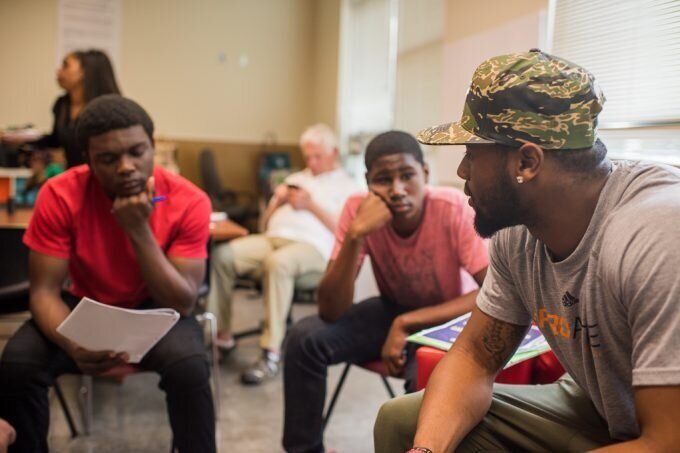
Group Mentoring
A Prevention and Intervention Strategy
Positive youth development research has long demonstrated that youth benefit from close, caring relationships with adults who serve as positive role models (Jekielek, Moore, & Hair, 2002). Today, 8.5 million youth continue to lack supportive, sustained relationships with caring adults (Cavell, DuBois, Karcher, Keller, & Rhodes, 2009).
Mentoring—which matches youth or “mentees” with responsible, caring “mentors,” usually adults—has been growing in popularity as both a prevention and intervention strategy over the past decades. Mentoring provides youth with mentors who can develop an emotional bond with the mentee, have greater experience than the mentee, and can provide support, guidance, and opportunities to help youth succeed in life and meet their goals (DuBois and Karcher, 2005). Mentoring relationships can be formal or informal with substantial variation, but the essential components include creating caring, empathetic, consistent, and long-lasting relationships, often with some combination of role modeling, teaching, and advising.
We find that providing mentoring in a group setting provides many advantages, including:
Mentees can gain insights from the mentor as well as from their peers.
Sharing career dreams and ambitions as well as concerns validate these and generates a sense of belonging and mutual understanding.
Because it involves more than two individuals, group mentoring develops diversity of thinking, practice and understanding.
